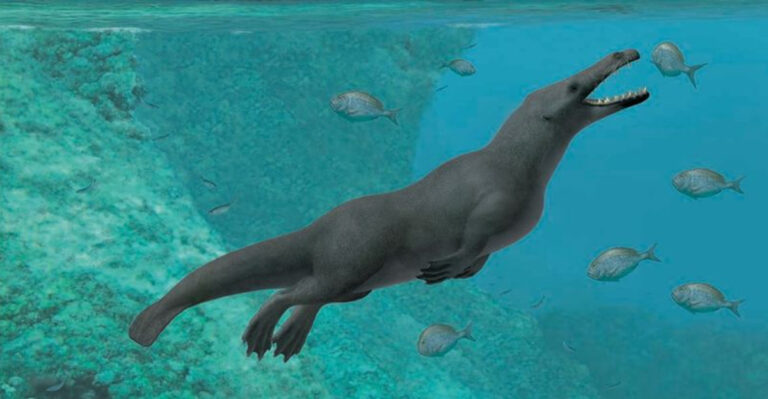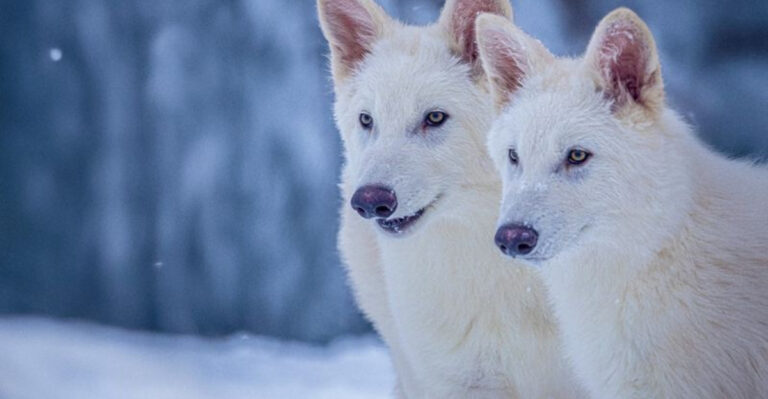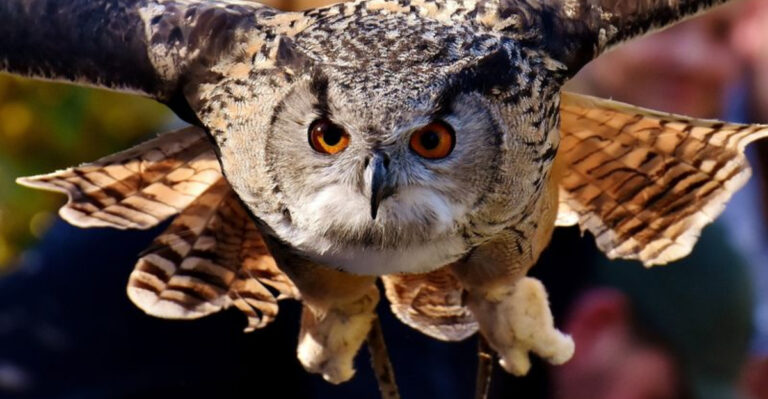Scientists Discover Four New Tree Snake Species In Papua New Guinea’s Isolated Islands
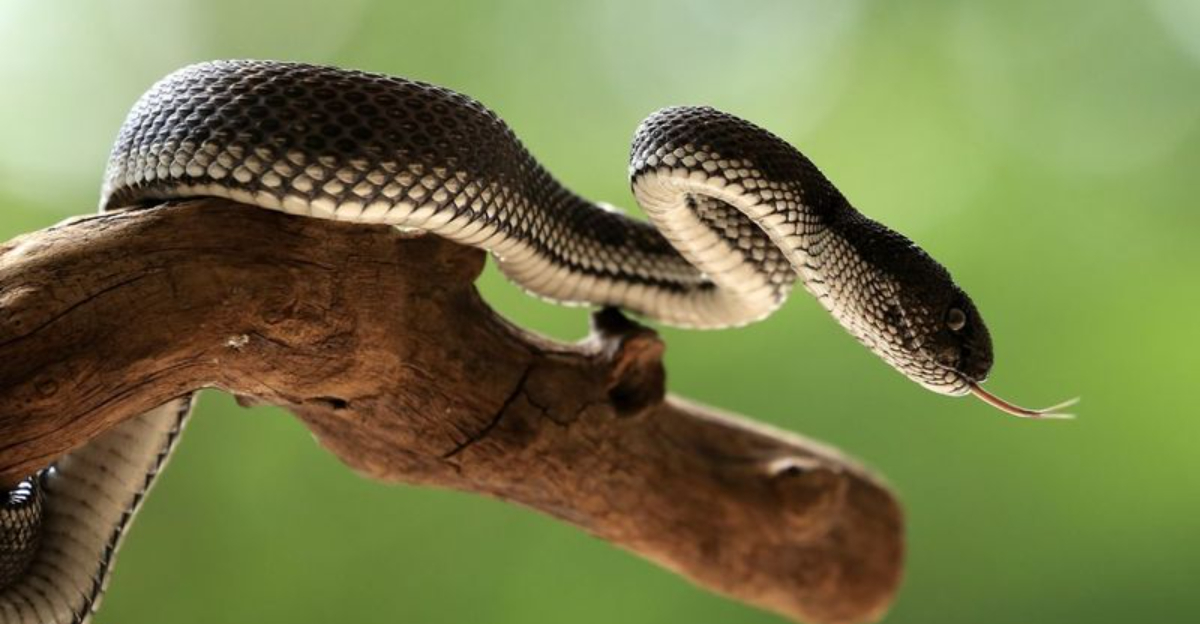
Deep in the lush forests of Papua New Guinea’s remote islands, scientists have made an exciting discovery.
Four brand new species of tree snakes have been found, adding to our knowledge of wildlife in this amazing part of the world.
These discoveries are important because they help us understand how animals change and adapt in places that are cut off from the mainland.
1. How Scientists Uncovered Four New Tree Snake Species

A team of brave herpetologists trekked through dense jungle terrain for six months, facing monsoon rains and rugged landscapes to find these elusive reptiles. They used special climbing equipment to reach high tree canopies where these snakes make their homes.
Local guides played a crucial role, sharing traditional knowledge about where certain snakes might be hiding. The researchers collected DNA samples, took detailed photographs, and made careful measurements of scale patterns and coloration.
Back in their labs, genetic testing confirmed what they suspected – these weren’t just variations of known species but entirely new ones! The discovery happened because scientists combined high-tech tools with old-fashioned fieldwork and respect for local wisdom.
2. What Makes These Tree Snakes So Unique?
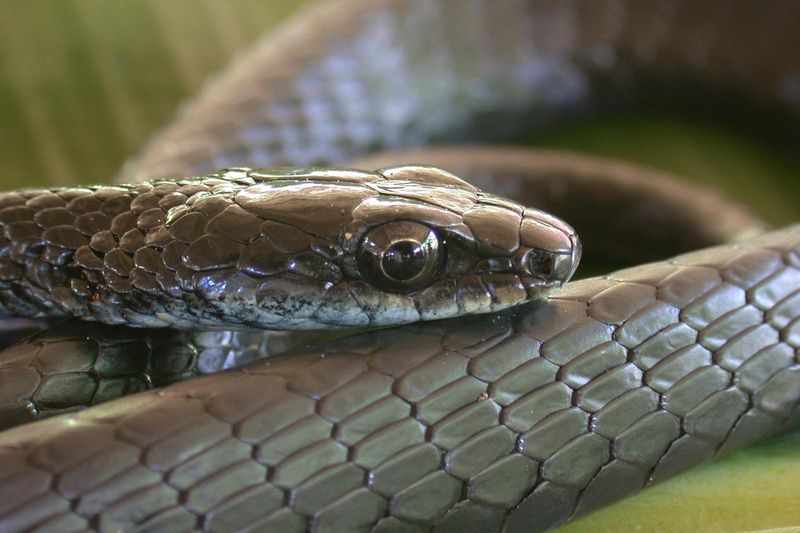
The newly discovered snakes sport dazzling color patterns unseen in their mainland cousins – one species has electric blue bands against emerald scales that perfectly match certain forest flowers!
Their bodies show remarkable adaptations for tree-dwelling, including extra-flexible spines and specialized belly scales that grip branches.
Unlike ground snakes, these arboreal hunters have larger eyes with excellent vision for spotting prey moving through leaves. Their venom delivery systems differ too – researchers found they have front-positioned fangs perfect for catching birds and lizards in tight spaces.
Most fascinating is their unusual hunting behavior. One species dangles by its tail to ambush prey from above, while another mimics swaying vines to approach unsuspecting victims – hunting strategies never before documented in related snake families!
3. The Role Of Isolated Islands In Biodiversity
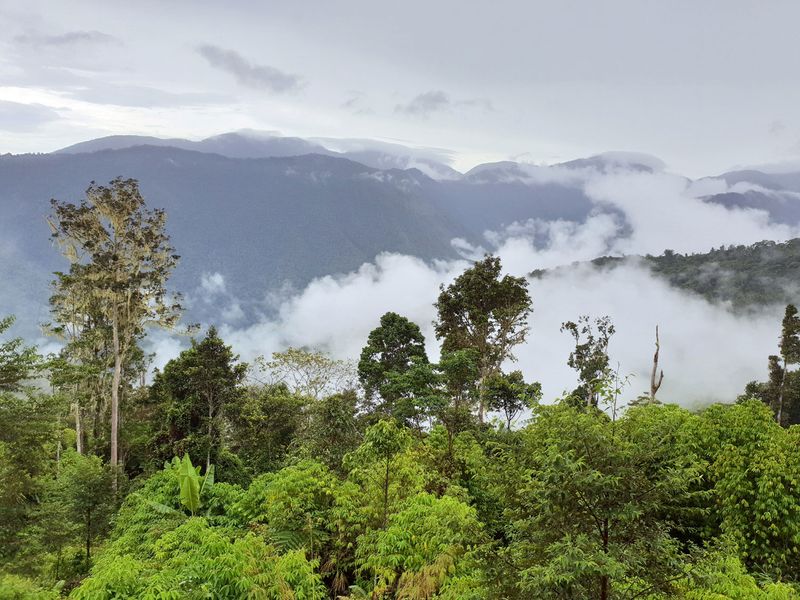
Islands separated from mainlands create natural laboratories where evolution takes fascinating turns. When populations get cut off from their mainland relatives, they start developing unique traits over thousands of years.
Papua New Guinea’s islands formed this way – some through volcanic activity, others when rising sea levels separated land masses. Each island becomes its own little world where plants and animals evolve differently based on available food, predators, and climate.
Scientists call this “island endemism” – the development of species found nowhere else on Earth. These four new tree snake species showcase this perfectly! They adapted to specific island environments, developing colors and behaviors that help them thrive in their particular slice of paradise.
4. Why Tree Snakes Are Essential To The Local Ecosystem
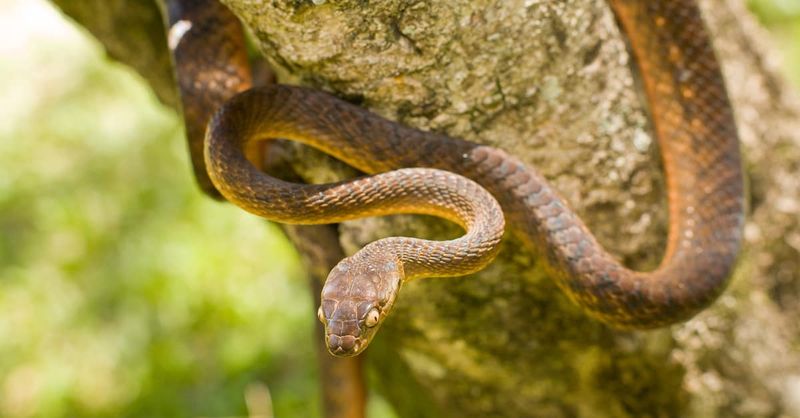
Tree snakes serve as nature’s pest controllers, keeping populations of rodents and insects in perfect balance. Without these slithery predators, certain prey species would explode in numbers, potentially damaging the forest’s delicate web of life.
Many tree-dwelling birds avoid nesting where these snakes hunt, creating fascinating patterns of forest use. This habitat partitioning allows more species to coexist in the same forest by using different spaces.
Surprisingly, these snakes also help with seed dispersal! After consuming fruit-eating birds or mammals, they pass seeds through their digestive systems and deposit them far from parent trees.
One of the newly discovered species has a specialized diet including nectar-feeding birds, indirectly making it a pollination helper – a role rarely associated with reptiles.
5. The Importance Of Papua New Guinea’s Ecosystem In Conservation
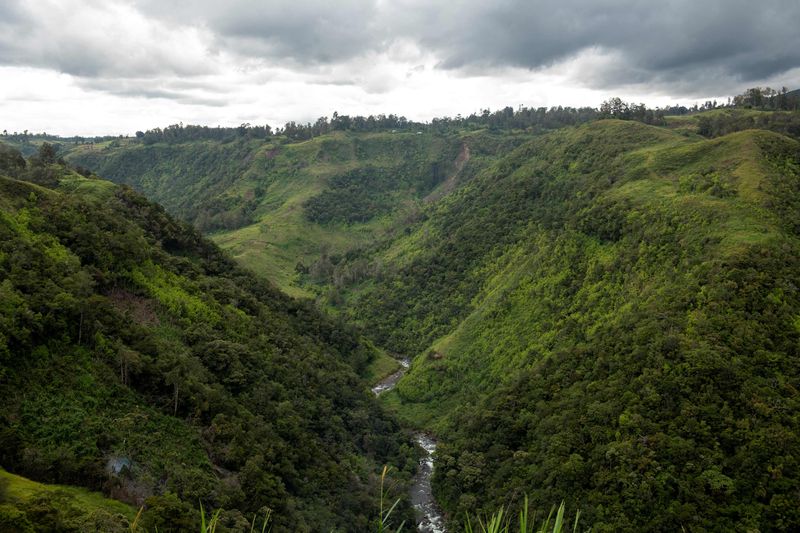
Papua New Guinea houses one of Earth’s last great wilderness areas, with forests dating back millions of years. These ancient ecosystems remain largely untouched by human development, creating living museums of evolutionary history.
The country contains about 7% of the world’s biodiversity in just 1% of its land area – an incredible concentration of life! Finding four new snake species suggests many more undiscovered creatures likely exist there.
These pristine environments serve as critical carbon sinks, helping regulate our planet’s climate. They also provide valuable medicines – compounds from similar tree snakes have led to breakthrough pain treatments.
Protecting these ecosystems isn’t just about saving snakes; it’s about preserving nature’s library of genetic information that benefits everyone.
6. How The Discovery Could Shape Our Understanding Of Snake Evolution
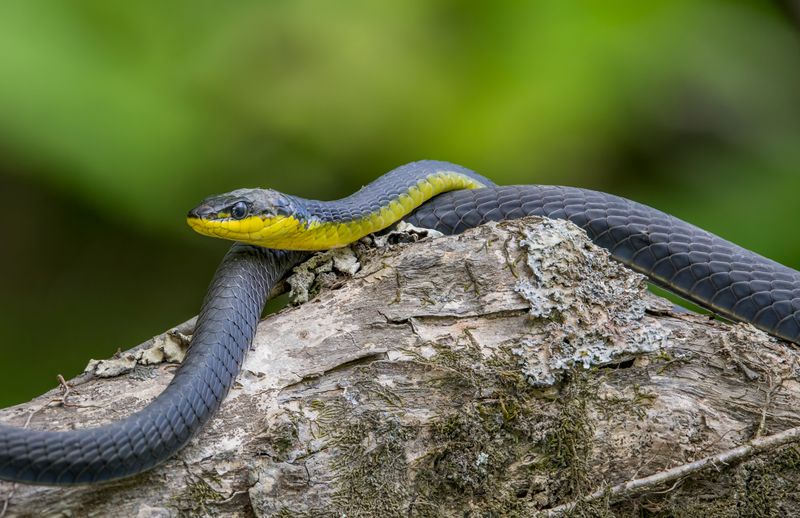
Finding these four new species creates a missing puzzle piece in the snake family tree. Their unique genetic makeup suggests they split from mainland relatives about 4 million years ago – much earlier than scientists previously thought possible!
Their specialized adaptations reveal how quickly snakes can evolve when isolated. One species developed heat-sensing pits similar to pythons despite being unrelated – a perfect example of convergent evolution where different animal groups independently evolve similar traits.
Researchers spotted a fascinating genetic quirk: these snakes carry ancient DNA sequences thought to be extinct in modern reptiles. This genetic time capsule might help explain how all snakes transitioned from lizard-like ancestors to their legless form.
By studying these living evolutionary laboratories, scientists can better understand not just how snakes evolved, but how evolution itself works.
7. Challenges Of Studying Wildlife In Remote Regions

Getting to Papua New Guinea’s isolated islands requires multiple flights, boat journeys, and often days of hiking through unmarked terrain. Researchers must carry all their equipment – from delicate DNA sampling kits to camping gear – through sweltering heat and frequent downpours.
Communication barriers present another hurdle. Working with local communities means navigating dozens of different languages and cultural protocols before research can begin.
The physical environment poses constant dangers. Venomous creatures, disease-carrying insects, and treacherous terrain have sent many scientists to emergency medical evacuations.
Despite satellite phones and GPS technology, help remains hours or days away. Yet these challenges make discoveries all the more valuable – these four snake species remained hidden precisely because few researchers brave these difficulties.
8. The Significance Of This Discovery For Herpetology
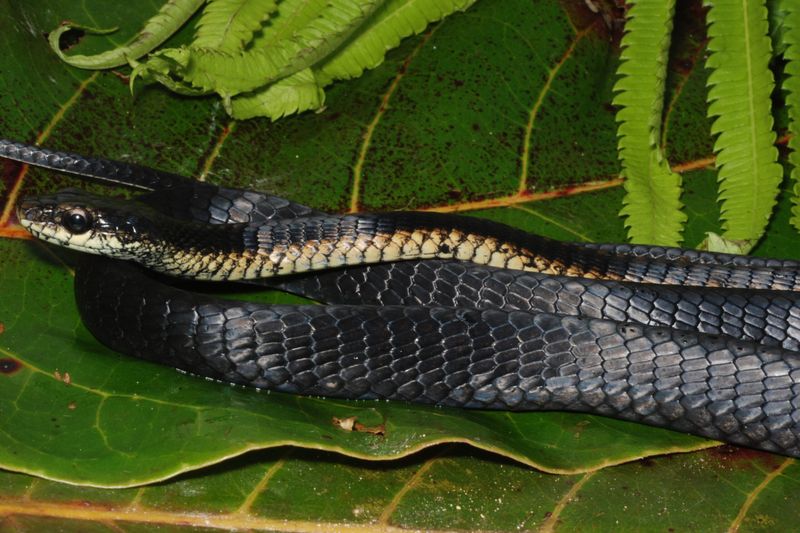
Finding four new snake species in one expedition is like striking gold in the scientific world! Most herpetologists – scientists who study reptiles and amphibians – consider themselves lucky to discover one new species in their entire career.
These discoveries challenge existing classification systems. Two of the new snakes don’t fit neatly into current snake families, suggesting scientists may need to create entirely new taxonomic categories.
The finding spotlights how much remains unknown in reptile diversity. While mammals and birds are well-documented, experts estimate we’ve identified only about 60% of Earth’s reptile species.
This discovery has sparked a renewed interest in snake research worldwide, with universities launching new expeditions to other isolated regions. It also highlights the value of traditional knowledge – local people recognized these snakes as distinct long before Western science confirmed it.
9. Conservation Efforts: Protecting These Newly Discovered Tree Snakes
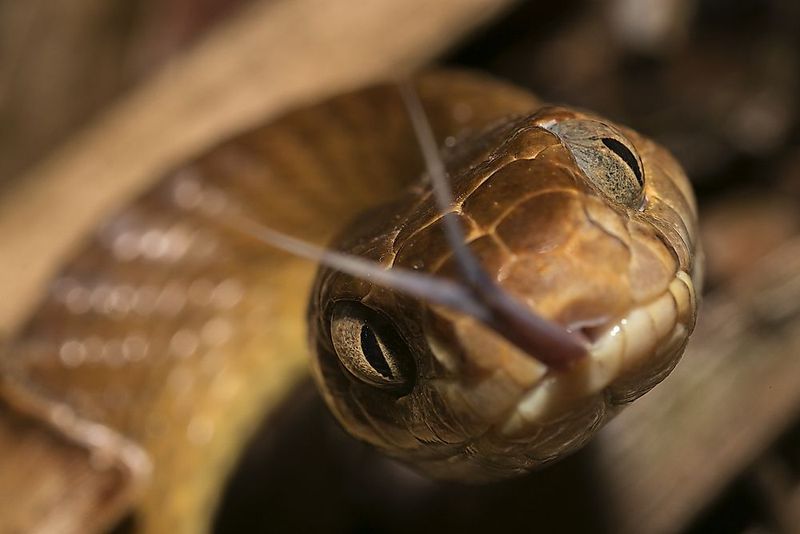
The moment these snakes were identified, conservation plans sprang into action. Local communities have established protected zones around key habitats, with former hunters now employed as wildlife guardians monitoring snake populations.
International conservation groups have pledged funding for community-based protection initiatives. Rather than outside enforcement, these programs empower island residents to safeguard their unique wildlife while supporting sustainable livelihoods.
Education plays a crucial role too. New school programs teach children about their island’s special snakes, building pride in these unique creatures. Meanwhile, researchers are creating breeding programs as insurance against extinction.
The biggest challenge remains habitat protection – mining companies have shown interest in these same islands. Finding balance between economic development and conservation will determine whether these newly discovered snakes survive for future generations to study and appreciate.
10. Papua New Guinea’s Rich Biodiversity: A Closer Look
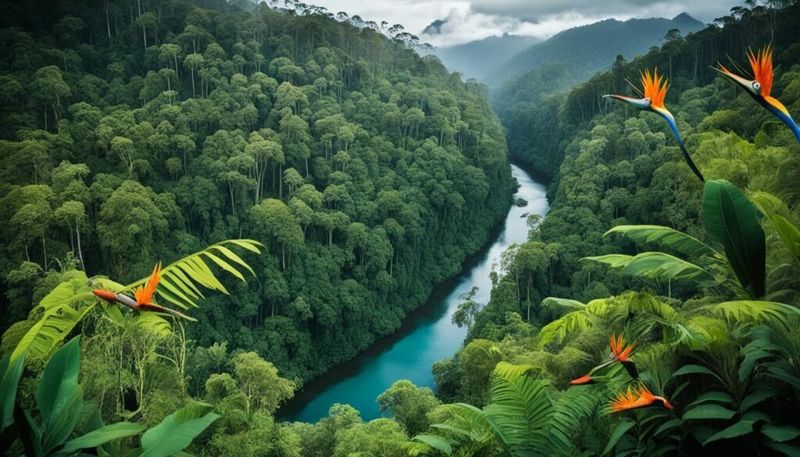
Papua New Guinea’s remarkable diversity stems from its wildly varied landscapes. Within just a few miles, habitats shift from coastal mangroves to lowland rainforests to alpine meadows above 13,000 feet!
This country harbors over 800 known reptile and amphibian species – with new ones discovered yearly. Beyond these tree snakes, scientists recently found 50 new spider species, 3 mammals, and countless insects in a single mountain range.
What makes this biodiversity especially valuable is its ancient lineage. Many plants and animals here represent evolutionary lines that disappeared elsewhere millions of years ago.
The four new snake species belong to a group that evolved when dinosaurs still roamed Earth! This living museum offers scientists unparalleled opportunities to study evolution in action. Each island functions as a natural experiment, showing how geography shapes life’s development.
11. Unveiling The Mystery: What Makes These Snakes Adapt To Trees?
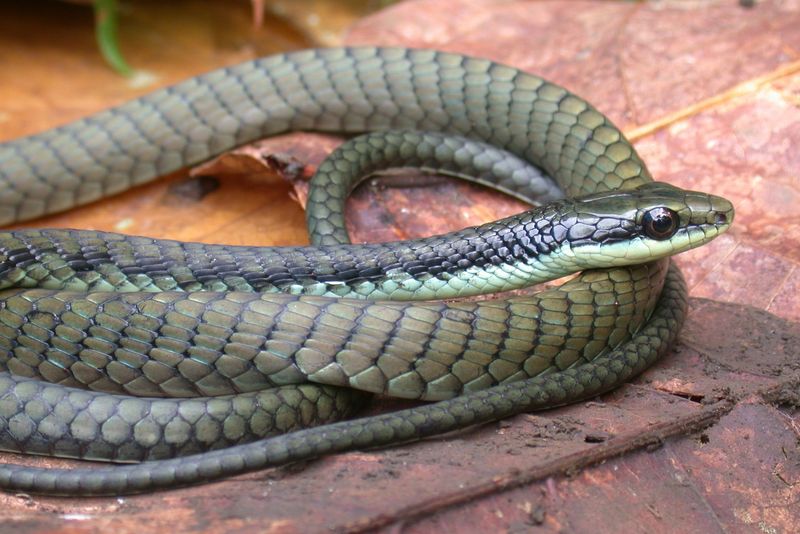
Life in the trees demands special equipment, and these snakes evolved amazing adaptations! Their bodies are remarkably slender – almost pencil-thin in places – allowing them to reach across gaps between branches without falling.
Unlike ground-dwelling relatives, they possess incredibly mobile jaws that can stretch sideways to grasp prey while hanging. Their scales feature microscopic ridges that create surface tension, helping them grip smooth branches even in heavy rain.
The most surprising adaptation? Their tails function almost like fifth limbs! These prehensile tails can wrap around branches for support while the snake’s body stretches out to catch prey.
Their metabolism differs too – they need less food than ground snakes because they conserve energy by moving slowly and deliberately through the canopy. These specialized traits explain why tree snakes rarely come to the forest floor – they’ve become perfectly engineered for life above ground.
12. What These New Snakes Tell Us About Papua New Guinea’s Unique Fauna

These tree snakes serve as ambassadors for Papua New Guinea’s extraordinary evolutionary story. Their discovery reinforces the country’s status as one of Earth’s most biologically creative places – a living workshop where nature continues to experiment with new forms.
The snakes’ specialized traits reveal how competition drives innovation. On these islands with limited resources, animals must develop unique niches to survive alongside each other. One new snake species hunts exclusively at dawn, another only at night, while a third specializes in catching sleeping bats.
Perhaps most telling is what these snakes share with other Papua New Guinea wildlife – unusual combinations of primitive and advanced features. Like the island’s egg-laying mammals and ancient birds, these snakes represent evolutionary paths not taken elsewhere.
They remind us that evolution isn’t a ladder but a branching tree, with Papua New Guinea preserving branches that disappeared in other parts of the world.

